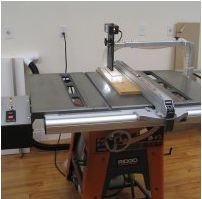
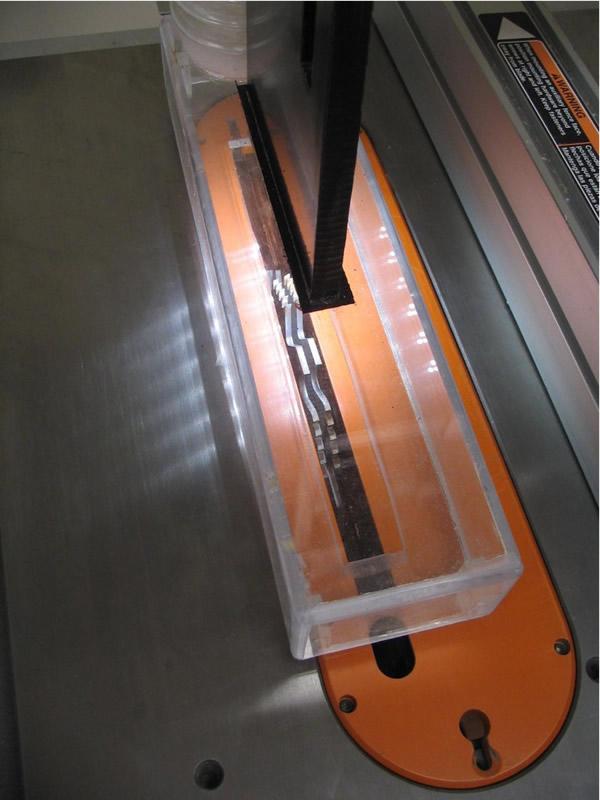
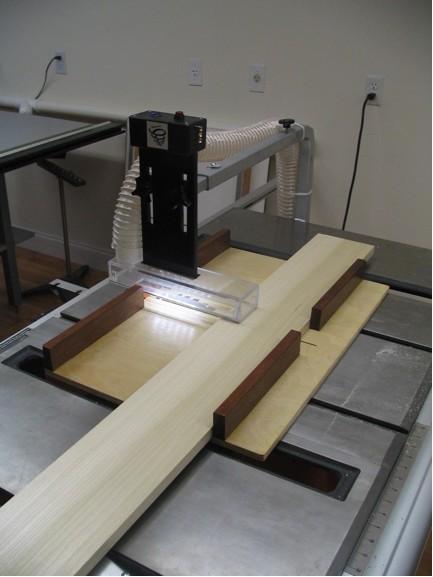
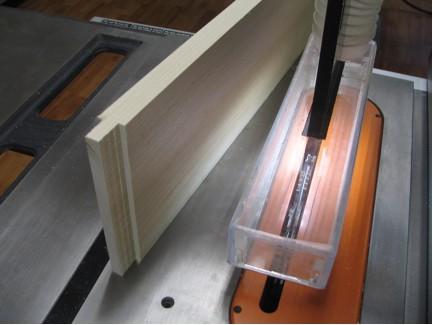
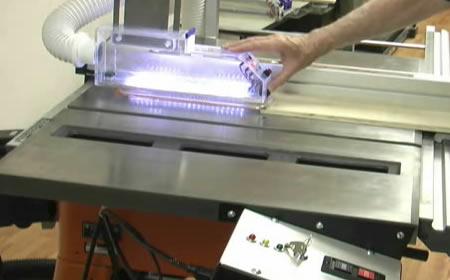


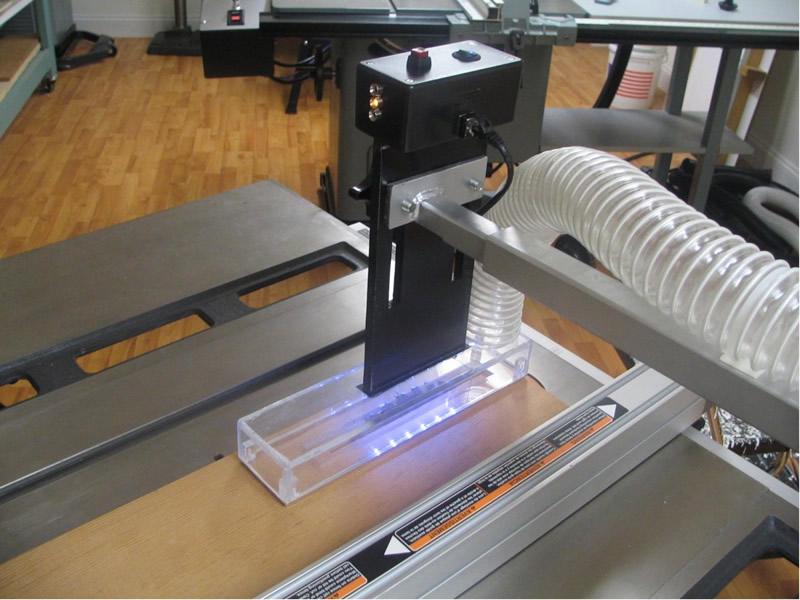

Hello fellow woodworkers. Rich Christianson asked me recently if I would provide WoodworkingNetwork.com with a little more insight into what inspired me to invent the table saw safety device which we now call “Whirlwind,” and I am happy to share some thoughts and reflections on that experience and maybe answer a few questions from readers.
I was enrolled in the Cabinetmaking program at Boston Trade High School at the age of 14 where I formally learned the craft. That early high school four year education schedule was a week of academics followed by a week of shop time. The shop was huge and basically divided into a mill section and bench work section.
I immediately gravitated toward the mill section with the noise, the dust and excitement where perhaps a half dozen machines were running at any given time. This place was a throwback to an earlier time, still equipped with an overhead line shaft driving a 36“ thickness planer, and a 16” jointer among the many other independently powered machines. There were a couple of bad accidents while I attended, but I personally witnessed only one, which was not a table saw injury.
Upon HS graduation the US Navy accepted me and provided several months of electronics training and I became an Electronics Technician working both ashore and shipboard. In a few short years, I left the Navy for civilian life where I was fortunate to be offered a job with IBM.
After more months of classroom and lab training I was assigned to work on the huge prototype SAGE air-defense computer which was still under development by MIT, IBM and the Air Force. I was indeed fortunate and spent most of my professional career in computer related electronics and developments.
Over the years as time, work space and budget allowed I built up a home woodworking shop and acquired a few machines. During that time I did much carpentry and built many small things and occasionally would build a reproduction of an American classic furniture piece.
When we moved into this house about a decade ago, I finished the new basement with my office a den and a good sized shop with proper power and lighting and very important dust control. Sawdust is really very bad stuff to breathe over an extended period. All species of wood dust are now recognized internationally as a Class 1 carcinogen. I hope I dodged that bullet, but I do seem to have minor chronic sinus problems.
I was looking into improved dust control for my Delta Unisaw when I began to think about the work of Steve Gass and SawStop which was occasionally in the news. I thought the SawStop idea was just great and would soon be widely available. However, at that time I was concentrating my work on a whole new above the table blade guard or enclosure design which would do wonders for dust control.
It wasn’t long before I was experimenting with a rapid, but non-destructive emergency stop of the blade upon sensing the operator’s hands becoming too close and this was the genesis of Whirlwind. My early prototypes that are shown on www.whirlwindtool.com we now call the legacy design and the newer models represent most of what we have up on the website.
An absolute key feature of the Whirlwind design is a fixed-in-place blade guard or blade enclosure. This fixed design harkens back to Boston Trade where we had a fire-breathing 5+hp shaper that was suddenly fairly docile when its fixed guard was properly positioned. Today, our Whirlwind fixed guard makes the table saw operation safe without requiring use of a splitter, riving knife or anti-kickback pawls. However; a riving knife may certainly be used with Whirlwind.
This guard/enclosure is so effective that we have used the saw backwards; that is feeding stock from the rear to the front of the saw. Why would anyone ever want to do so? Because your saw is now also a scoring saw for clean cutting expensive veneered sheet goods without the damaging tear-out that results on single blade table saws!
I see many comments on woodworking forums that Whirlwind safety might be okay, but it would often have to be removed for some operations. I respectfully disagree, so let me explain. The Whirlwind design is intended to improve dust control above the table and guard the operator from placing hands too close to the spinning blade. If that should occur and the operator contacts the bottom edge of the enclosure the saw will shut down and emergency stop, thereby serving as a lesson and a warning. The saw may then be immediately restarted.
Now if the operator is performing an operation where the guard/enclosure must be removed, such as cutting sheet goods or cross-cuts where the cut-off is too long to fit under the overhead support arm, then removing the blade enclosure (simply lift and twist) is not likely to require the operator’s hands to be placed near the spinning blade.
Besides these inherently safer operations I can think of only three rare cases where the blade guard/enclosure must be removed. The first and second are when using a tenoning jig or making raised panels on the saw. In my 60 years experience, I’ve never performed either of those operations.
I make precision tenons with the stock lying flat on the saw table. Raising panels on a table saw is very dangerous and messy and much better left to a shaper, router or hand tools. The third case I can think of is when a large assembly must be trimmed on the saw and in that case also, the operators hands need not come too close to the blade. If there are other common operations I’ve overlooked that require the removal of this blade guard/enclosure, please point them out to me. That’s the beauty of this type of forum and we can all still learn from each other.
If there are questions and or feedback presented here for me I’ll do my best to answer. Write me at [email protected]
Whirlwind Tool Company founder and inventor David Butler has develoepd and applied for patents for a a variety of flesh-sensing safety technologies that can help prevent operator injuries from table saws and other machine tools www.whirlwindtool.com



Have something to say? Share your thoughts with us in the comments below.